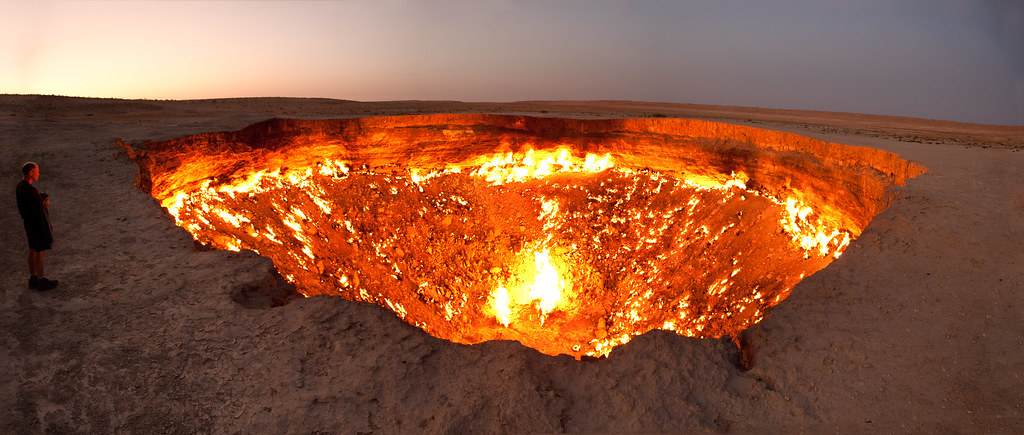Most places on Earth have seasons because our planet is on a tilt as it orbits the Sun. But our star also has its own version of seasons that affect life on Earth — and new astronomical research is helping us better understand and manage the impact of these solar 'seasons'.

Images of the sun supplied by NASA.
Just as Earth cycles through spring, summer, autumn and winter, the Sun goes through an 11-year cycle of magnetic activity — essentially its own seasons, with the solar summer ('solar maximum') at the cycle's peak, while solar 'winter' ushers in a calm period in the cycle.
On Earth, summers involve a temperature rise; the solar summer involves more sunspots and solar flares. These flares send masses of charged particles across the solar system, and as they interact with our atmosphere, we can get stunning displays of colour in skies above regions around the Arctic and Antarctic.
We are currently close to solar maximum, with the latest assessment of our current Solar Cycle 25 suggesting this cycle, which began in 2019, may have peaked last year.
"Spectacular displays of aurora in the night sky for the last year or so are a classic product of the maximum solar activity phase our Sun is experiencing during 2024–2025," says Dr Deepak Chahal from Macquarie University, who led new research into stellar magnetic cycles published in Monthly Notices of the Royal Astronomical Society in June.
His work tracked magnetic activity in fast-rotating stars similar to our Sun to better understand how the magnetic fields of stars evolve over time.
"Looking at younger, faster-rotating stars, and how their magnetic activity changes as they slow down with age, lets us see what our Sun may have been like in its youth and how its magnetic behaviour has evolved over billions of years."
When solar weather hits Earth
Unlike Earth's seasons, which are caused by our planet's tilt, the Sun's seasons are driven by its magnetic field. Every 11 years, the Sun's magnetic field completely flips — north becomes south, and south becomes north. During this process, magnetic activity ramps up dramatically.

These solar seasons directly impact our technology-dependent lives in ways most of us don't ever realise. Solar flares can disrupt radio communications, while massive eruptions called coronal mass ejections can damage satellites and knock out electrical grids. Solar radiation storms pose risks to astronauts, and even airline passengers flying polar routes.
In 1989, a severe solar storm during solar maximum caused a major blackout in Quebec, Canada, affecting millions of people for hours. The largest known solar storm — the Carrington Event of 1859 — caused telegraph systems worldwide to fail and produced auroras visible as far south as the Caribbean.
"If a solar storm the size of the Carrington event occurred today, it could cause unimaginable damage to our modern, technology-dependent society," says Associate Professor Devika Kamath, co-author of the study, and a lecturer in astronomy at Macquarie University's School of Mathematical and Physical Sciences.
"Our interconnected digital world today is far more vulnerable than the simple telegraph networks of 1859. A similar event could disrupt everything from GPS navigation and mobile phone networks to banking systems and air traffic control, potentially causing trillions of dollars in damage."
A crystal ball for space weather
Scientists previously thought our Suns magnetic behaviour was unusual compared to other stars, which seemed to have cycles either much shorter or longer.

But the new international research led by Macquarie, which included researchers from the University of NSW and the Chinese Academy of Sciences, found our Sun isn't the cosmic outlier scientists once thought.
After comparing data from 138 Sun-like stars using data from multiple space telescopes over more than a decade, they found clues about what our Sun was like when it was younger and more active.
"We found several young Sun-like stars with magnetic cycles similar to our Sun, but shorter," says Dr Chahal.
"As these stars age and slow down, they may evolve to have cycles like our Sun's current 11-year cycle."
This research acts like a preview of our Sun's future behaviour, helping scientists prepare for space weather that affects everything from GPS systems to airline routes over the poles, where radiation exposure is highest during solar storms.
Co-author Professor Richard de Grijs says research to better understand the Sun's seasons delivers a whole-of-society benefit.
"Understanding the patterns of stellar activity cycles helps us better predict when dangerous space weather events might occur, not just around our own Sun but potentially around other stars with planetary systems," he says.
"Our increasing dependence on satellite technology, GPS navigation, and interconnected digital systems means we need research like this to help us prepare for the space weather that's an inevitable part of living with an active star."
Astronomy Open Night 2025 will be held on September 27 at Macquarie University campus from 5pm.






